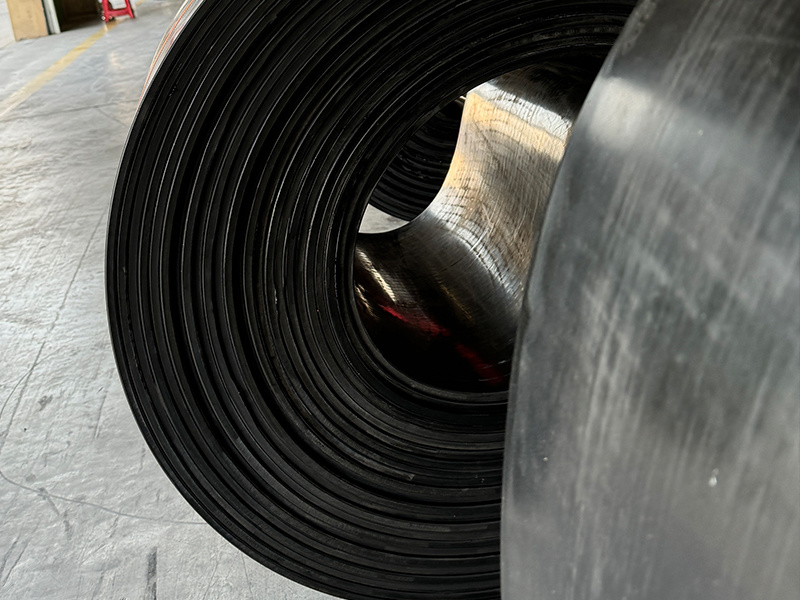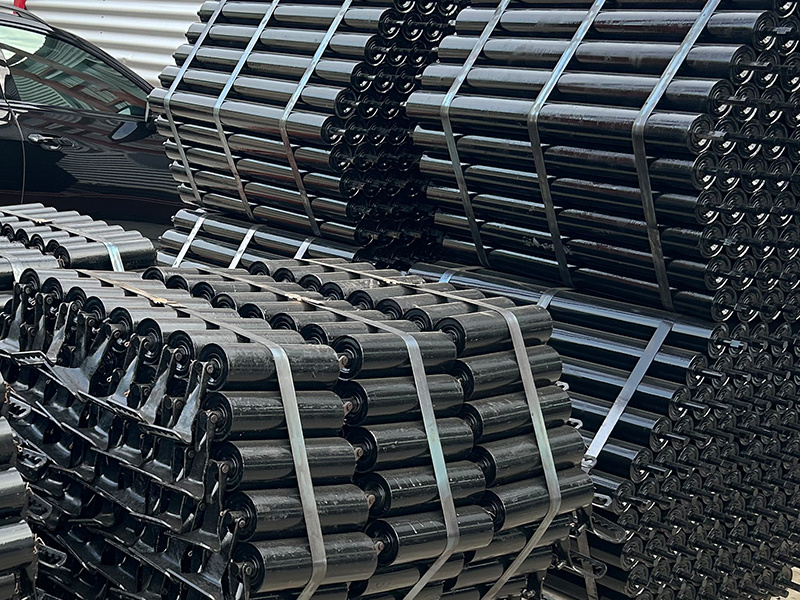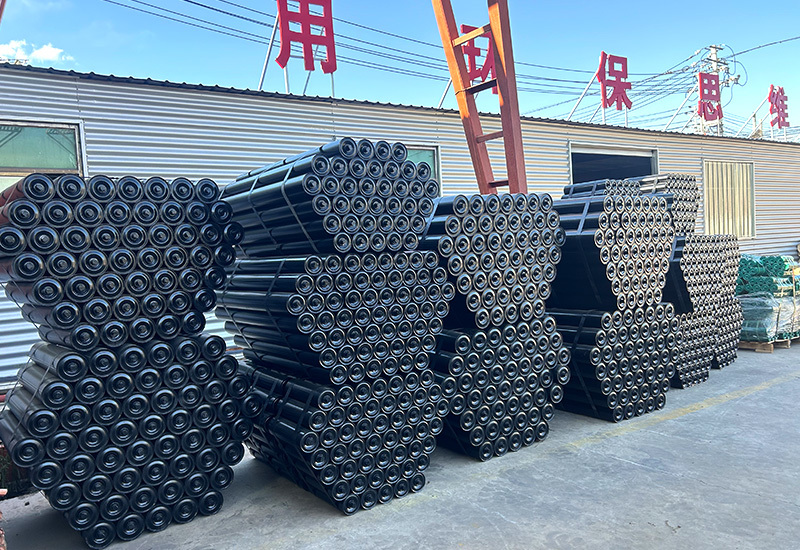Working principle of conveyor
During the conveying process, the material rotates at a high speed with the spiral. Due to the centrifugal force, the material forms a number of concentric layers in the trough, and the outermost layer of the material is close to the trough wall. When the spiral speed is not high, the friction force between the material and the spiral surface is greater than the centrifugal force of the material, and the material and the spiral rotate together to maintain a relatively static state. When the spiral speed is high, the centrifugal force of the material is greater than the friction force between the material and the spiral surface, and the material moves to the outer edge of the spiral, which produces pressure on the trough wall and friction force at the same time. Only when the friction force is greater than the friction force between the material and the spiral surface and the sum of the components of the gravity of the material, the material will slide with the spiral surface and rise along the spiral trajectory in the opposite direction, that is, the material is pushed up by the spiral of the vertical part, so as to achieve the purpose of vertical rising transportation. Otherwise, it only rotates and cannot rise. At this time, the speed is called the critical speed. Only when the speed of the conveyor is greater than the critical speed, the material can be transported upward.
TAG:
Related Posts
Why do PVC conveyor belts need to be wrapped?











